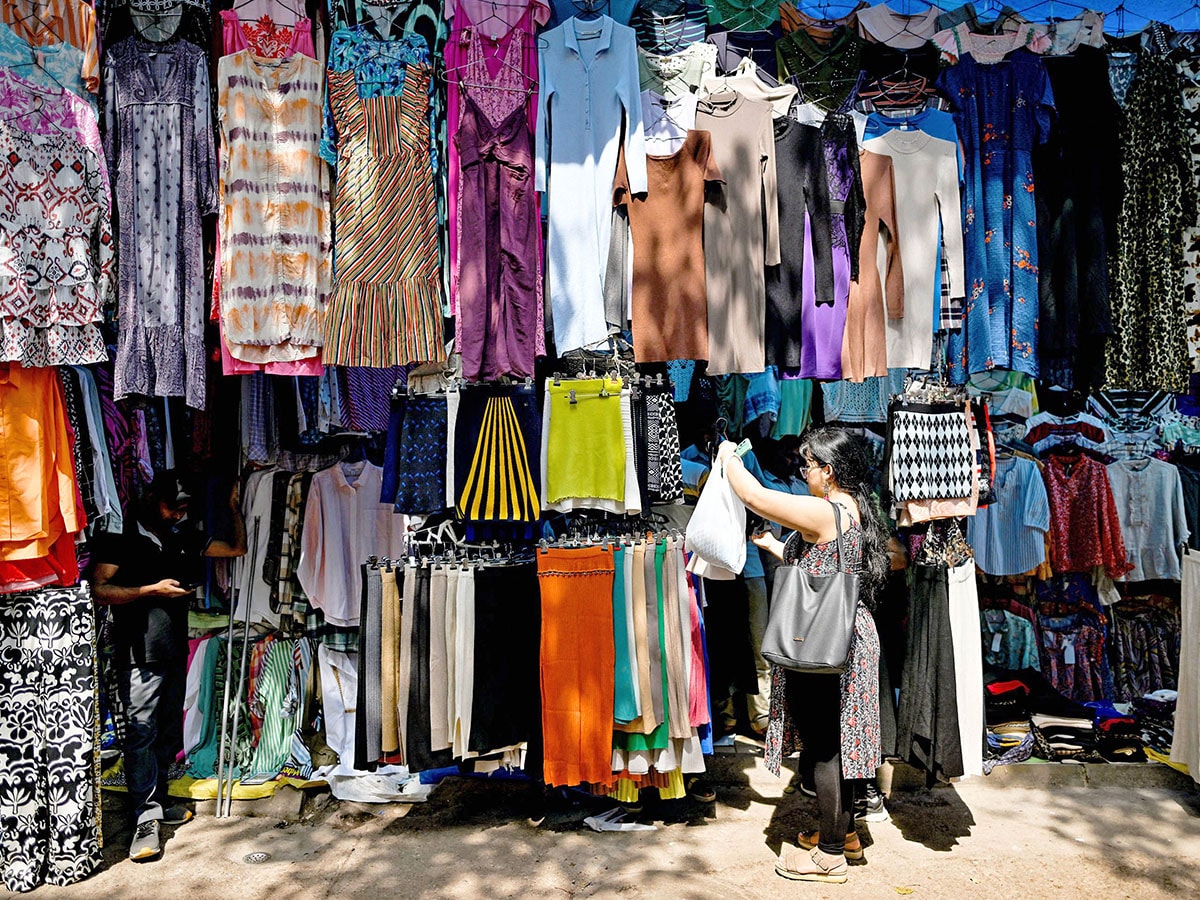India's green fashion lovers switch to secondhand
It is a tiny drop in a massive ocean, but hipster shoppers in New Delhi say their example is slowly shifting the throwaway attitudes rampant among India's middle-class
 New Delhi is dotted with markets offering secondhand clothes, a thrifty alternative for those on low wages—or making an ethical choice.
Image: Sajjad Hussain / AFP©
New Delhi is dotted with markets offering secondhand clothes, a thrifty alternative for those on low wages—or making an ethical choice.
Image: Sajjad Hussain / AFP©
India's enormous garment sector churns out billions of dollars' worth of new clothes each year, but some local fashion lovers are switching to secondhand to assuage worries about the industry's environmental impact.
It is a tiny drop in a massive ocean, but hipster shoppers in the capital New Delhi say their example is slowly shifting the throwaway attitudes rampant among India's middle class.
New Delhi is dotted with markets offering secondhand clothes, a thrifty alternative for those on low wages—or making an ethical choice.
"It's an environmentally conscious decision," said Yuvika Choudhary, a 21-year-old student shopping for vintage clothes.
There is rarely an effective system for recycling clothing in India, with waste overflowing in towering landfills.

















